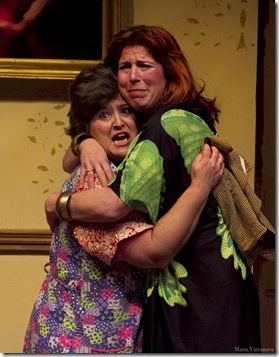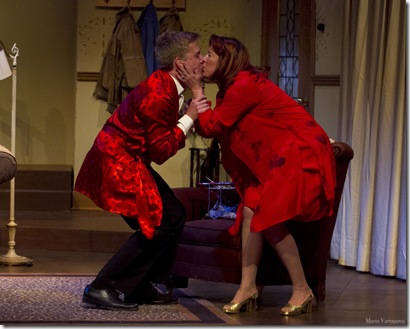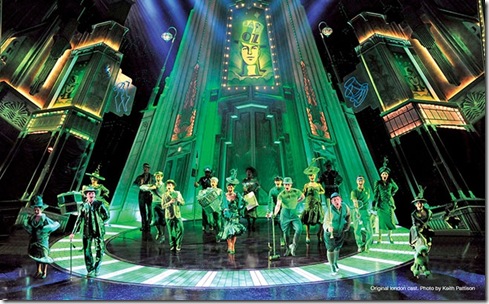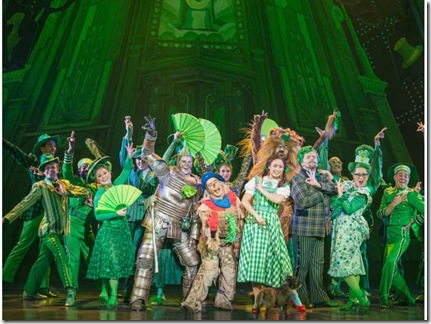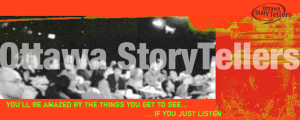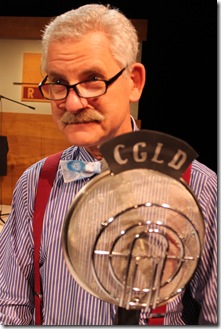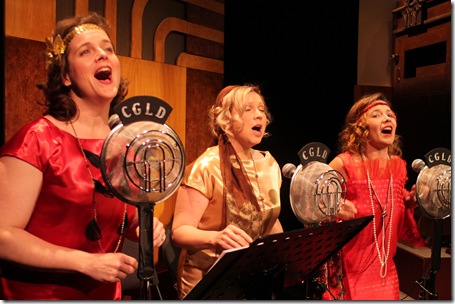Cat’s Cradle On The Dull Side At Kanata

The most puzzling thing about Cat’s Cradle, which tottered onto the Kanata Theatre stage the other day, as why anyone thought it was worth doing n the first place.
Furthermore the fragile fortunes of Leslie Sands’s dull psychological thriller are not boosted by the general lethargy of Susan Monaghan’s production.
When you start glancing at your watch to find out why the first act seems endless, only to discover you’re only 45 minutes into the performance, that’s a sign of a show in trouble.
To be sure, this February offering does have a few things going for it. Set designer Rom Frigon has given us a splendid representation of a vintage country inn in the England of the early 1960s. Marilyn Valiquette has supplied serviceable costumes. Actress Caro Coltman is persuasively in character as the landlady who may or may not have secrets to conceal. Martin Weeden exudes terrier-like authority as Sir Charles Cresswell, the embodiment of local privilege. And Douglas Cuff convinces as the world-weary police inspector who has returned to the scene of his greatest failure to make one more effort to discover the truth about the disappearance of a young child years before.
That mystery is supposed to be haunting all the play’s characters as they prepare for the wedding of the young, 19-year-old woman who may, in the blocked recesses of her mind, have knowledge of what actually happened to her missing sibling on that fateful day. But you wouldn’t know it from the tepid emotional temperature of this production. …
